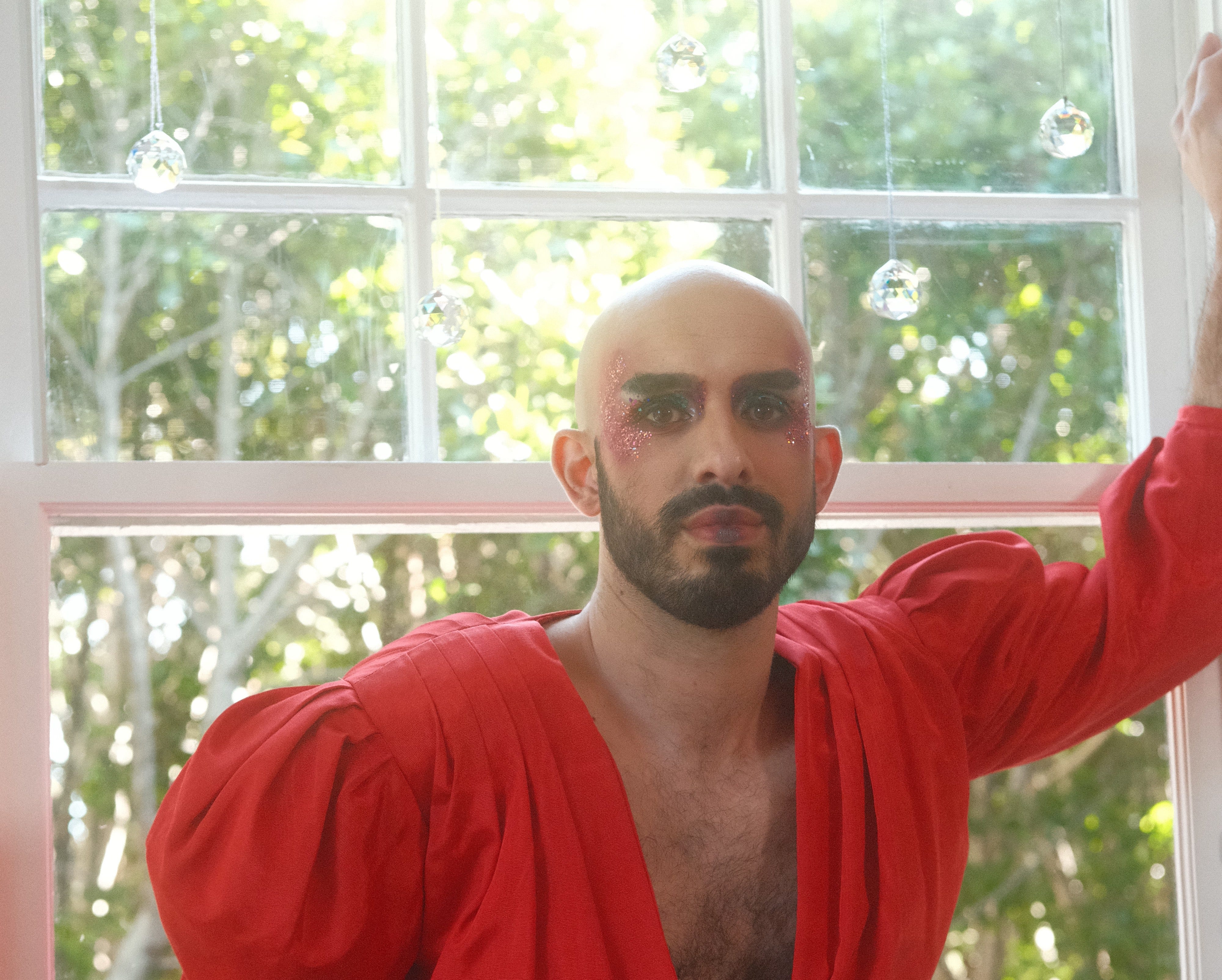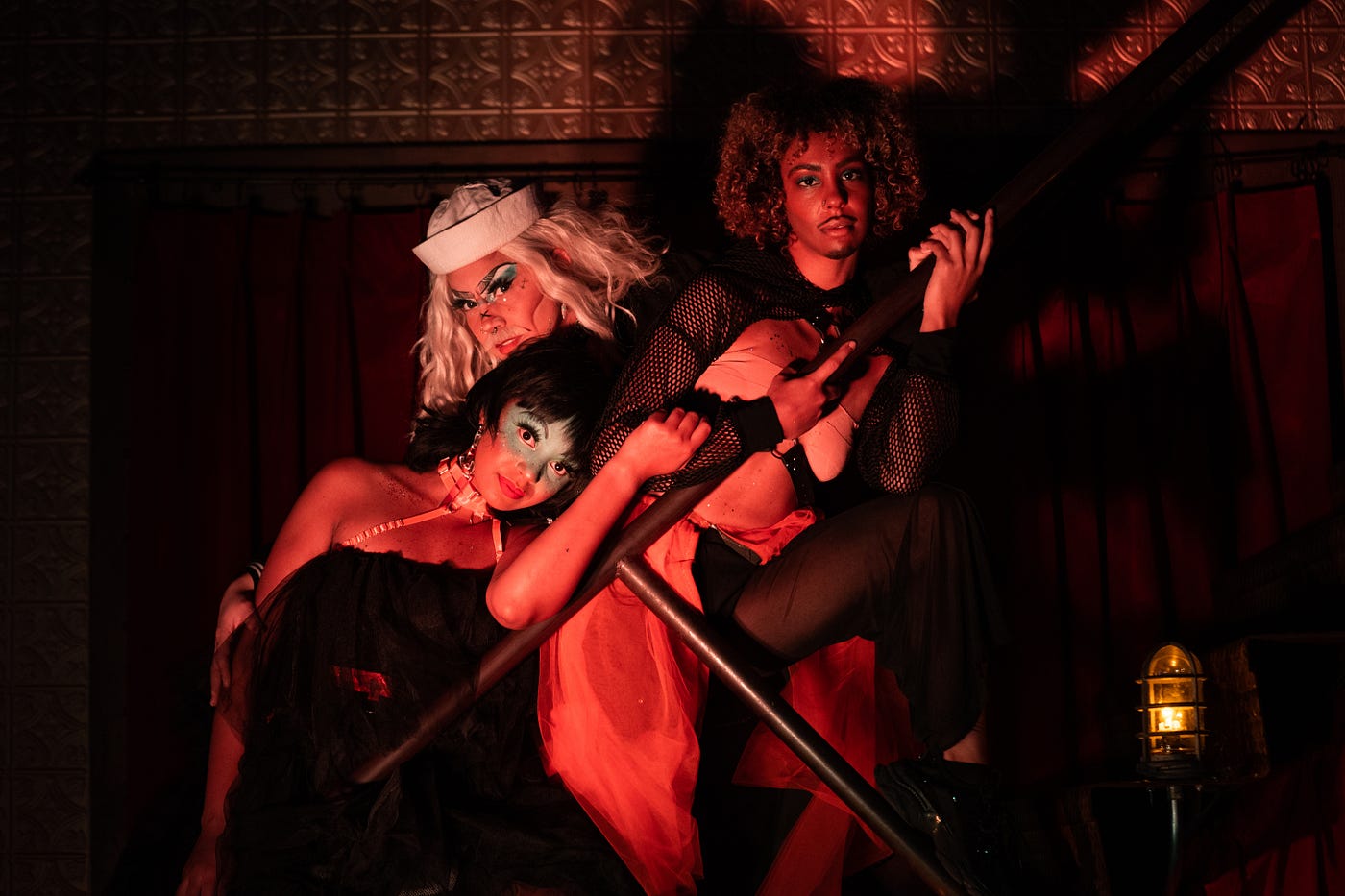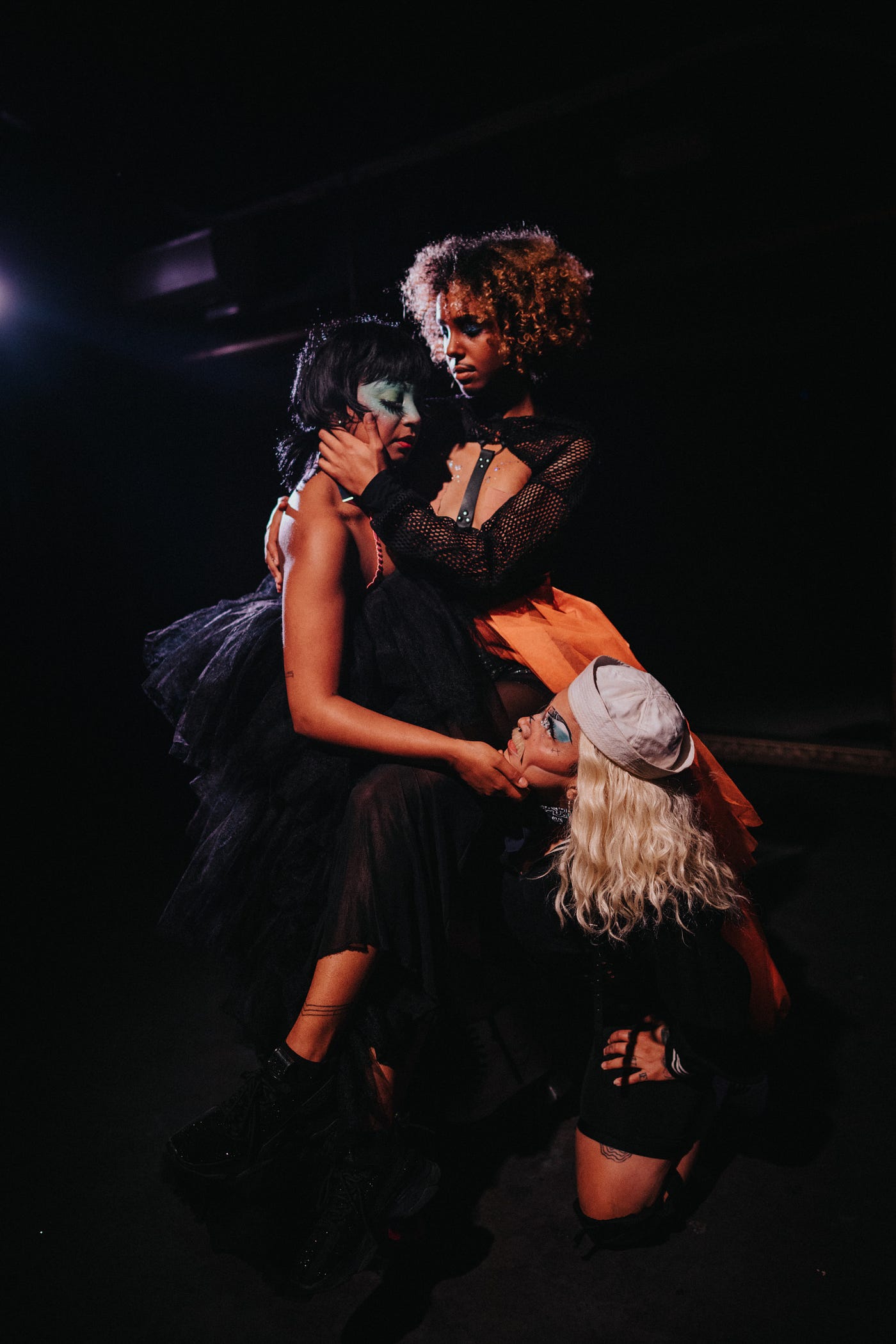The Immersive 5 With Eric Garcia of San Francisco’s Detour
The director of We Build Houses Here draws insightful parallels between drag and immersive


San Francisco’s Detour is a devised dance theatre ensemble whose work in performance and on film “centers the prismatic experiences of queers & people of color.” The company, led co-directors Eric Garcia and Kat Gorospe Cole, is set to launch the highly anticipated We Build Houses Here, an immersive theatrical experience “combining shipwrecks and San Francisco’s iconic OASIS drag nightclub.” Garcia describes the show as expressing a “desire to honor the sanctuaries that nurture and protect our queer communities.”
In this edition of the Immersive 5 we put the spotlight on Garcia, who has created work with OddKnock Productions, 13th Floor, and LEVYdance amongst others and is also known as Churro Nomi, who graces the Mission District stages of Clutch The Pearls and Drag Spectacular Spectacular.
The Immersive 5 series asks creators across the various immersive disciplines the same five questions in search of both their approach to crafting work, and the elusive nature of immersive work itself.
NO PROSCENIUM: What does “immersive” mean to you, and what terms do you use when talking about your own work?
ERIC GARCIA: “Immersive” means a few different things to me: 1) the audience moves their body through a three-dimensional performance space; it’s the opposite of fixed, passive spectatorship; 2) choice and agency; 3) complicity; 4) a devised world that is engaging, specific in scenario, and is inhabitable by both performers and audiences.
In Detour’s new show We Build Houses Here, we overtly reference and utilize our deep connection to queer nightlife as a possible model of how audiences can exist within a porous stage — an opportunity for electric, celebratory, and emergent exchanges without compromising the impact of crafted theatrical and dramaturgical material. Our work agitates the customs of white, heteronormative theater and proposes the potential for a more embodied, dynamic and holistic experience that centers the audience’s connection to the action and each other.

NP: What should every creator be thinking about first and foremost when designing for the audience?
EG: Responsible and thoughtful invitations to engage;
Thresholds of participation;
Gifting moments/experiences/opportunities;
Discomfort versus Safety;
Accessibility;
Balancing control and spontaneity;
Multi-sensory stimuli;
Clarity of context, specifically time, place, and who the audience is being cast as.
NP: What did you wish you knew when you were starting out and what’s the one thing you’d tell a creator starting out today?
EG: Devising immersive theater requires layers of absurdity, nuance, logistics, thematic scaffolding, and rules — all found through trial & error. It seems that any given project is its own puzzle to solve, with its own set of parameters and challenges and points of inquiry.
Get Noah J Nelson’s stories in your inbox
Join Medium for free to get updates from this writer.
SubscribeSubscribe
One singular shift inside of this constellation of choices can be the cause of a domino effect, catalyzing a series of changes or revelations or edits.
Take the time to discover, workshop, and settle into the question you’re asking of the work, and then filter your artistic and structural framework through that lens. Take the time to follow the seemingly infinite white rabbits that lead you down loops, dead ends and potential pathways. Take the time to tune into the design of your audience’s experience. For me, the creative process for immersive theater is about defining all of these intricate layers, with equal parts malleability and gumption.

NP: Why do this kind of work and not craft something for a more traditional medium, be it a novel, play, film, or game?
EG: The immersive theater form sits somewhere between what drag does and what most dance + theater tries to do. There’s an impulsiveness, intimacy and aliveness that rarely gets accessed in a proscenium-style show for both the performer and audience.
Actors inside of an immersive production are tasked with hitting the marks of their scene, potential improvisation/pivoting, audience interaction, guiding/leading audiences through space, and navigating three dimensional perspectives.
Audiences are grappling with internal dialogue (nerves, memory, self-awareness, curiosity, etc.), physical proximity, responsibility/complicity, and sensory intake. As an audience member at a contemporary dance show, my body behaves and is engaged with much differently than at a drag show, and immersive theater begins to bridge that gap.
NP: What inspirations — and anything is fair game here — are currently shaping your creative practice?
EG: My north star is queer maximalism. I turn to San Francisco for my inspiration: The Cockettes, The Sisters of Perpetual Indulgence, the loss of queer gathering spaces, and the city’s incredibly creative and ingenious drag scene. Mix that in with a bit of vaudeville, Fosse, and devised-theater, and you have yourself a Detour production.
Discover the latest immersive events, festivals, workshops, and more at our new site EVERYTHING IMMERSIVE, new home of NoPro’s show listings.
NoPro is a labor of love made possible by our generous Patreon backers. Join them today!
In addition to the No Proscenium website, our podcast, and our newsletters, you can find NoPro on Facebook, LinkedIn,YouTube, Twitter, Instagram, in the Facebook community Everything Immersive, and on our Patreon Backer exclusive Discord.